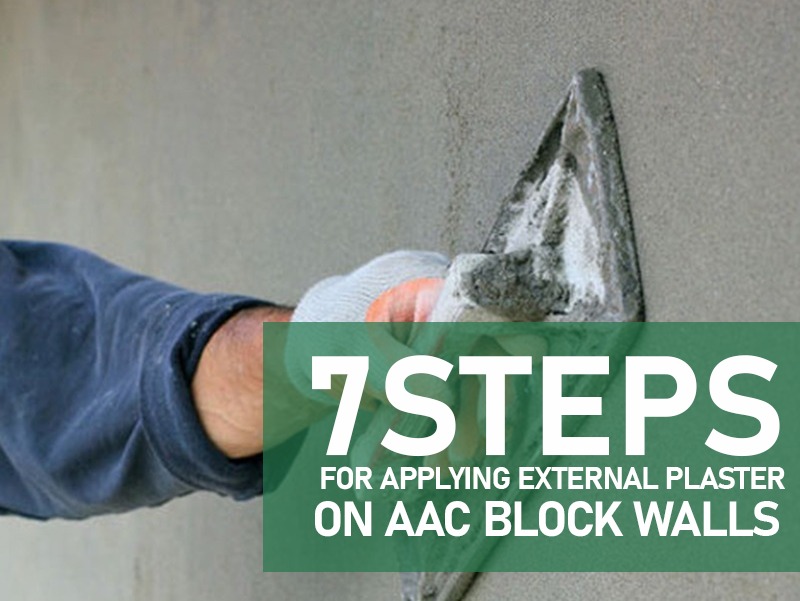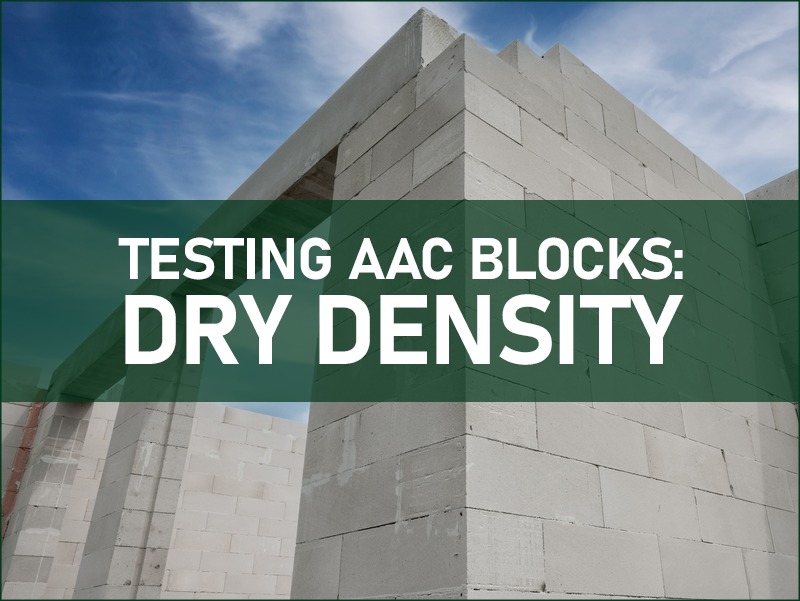
7 Steps For Applying External Plaster On AAC Block Walls | Ecorex
AAC Blocks have gained popularity over the years due to the known advantages it provides over traditional red bricks. These blocks handle fire better than traditional blocks and are up to 3 times lighter in weight than traditional clay or cement blocks. Individual blocks are much larger than clay bricks. This makes the transportation and installation of AAC Block easier and much quicker. As a result, the structure completion happens faster when using AAC Blocks. Another significant characteristic is that these blocks are environmentally friendly. AAC blocks have now carved their niche in the history of masonry construction.
All masonry ingredients require a particular skill to be used effectively and efficiently; so do AAC blocks.

How to apply External Polymer Plaster on a masonry wall built using AAC Blocks
1. The joints created in the walls during construction must be raked.
2. The beam-masonry joint and the column masonry joint must be treated with chicken mesh and polymer adhesive. Thereafter, a bonding coat of polymer adhesive must be applied over the entire length of the joint.
3. The wall must be made wet with water for around 2 hours before beginning the plaster. A longer wetting period of the joints may result in a weaker bond of plaster.
4. Readymix Plaster available in 40 kg bags must be used after adding 5.50 litres of water to it. This proportion of water is crucial for the best result.
5. The thickness of the plaster of the first layer should not be more than 12mm. However, there is an option of finishing the external plaster in two layers with a total thickness of 18mm.
6. It is crucial to ensure continuous curing for 7 days after the plaster for a high-quality bonding of plaster which is also free of cracks. Failing to do so, may negatively affect the quality of the wall.
7. To ensure good curing of the plaster the vertical plastered surface must be covered with a hessian cloth to keep it moist all the time.

Conclusion
The general issues in the construction like shrinkage and cracks can be minimized or avoided in the AAC block masonry construction by careful application of the blocks and keeping in mind the temperature, load bearing and other significant details.
Recent blogs

Thermal Conductivity Of AAC Blocks | U value and R value | ECOREX
AAC blocks were invented for keeping the building thermally insulated and keeping the heat out from the building. Let's dig deep into Thermal Conductivity of AAC Blocks.

Top 5 AAC Block Manufacturers In India
Here is a list of the top 5 AAC block manufacturers in India. Because as a property owner, it is advised to have a working knowledge of different AAC block manufacturers.

Testing AAC Blocks: Compressive Strength | Ecorex
One of the most important characteristics of AAC blocks for the user is their compressive strength. Drying Shrinkage, Dry Density, as well as Compressive Strength, have different test procedures. Let's find out more together.

Testing AAC Blocks: Dry Density | Ecorex
Most of the popularity that AAC blocks have gained over the years is due to their unique characteristic of being lightweight. This is checked with the help of a dry density test.
